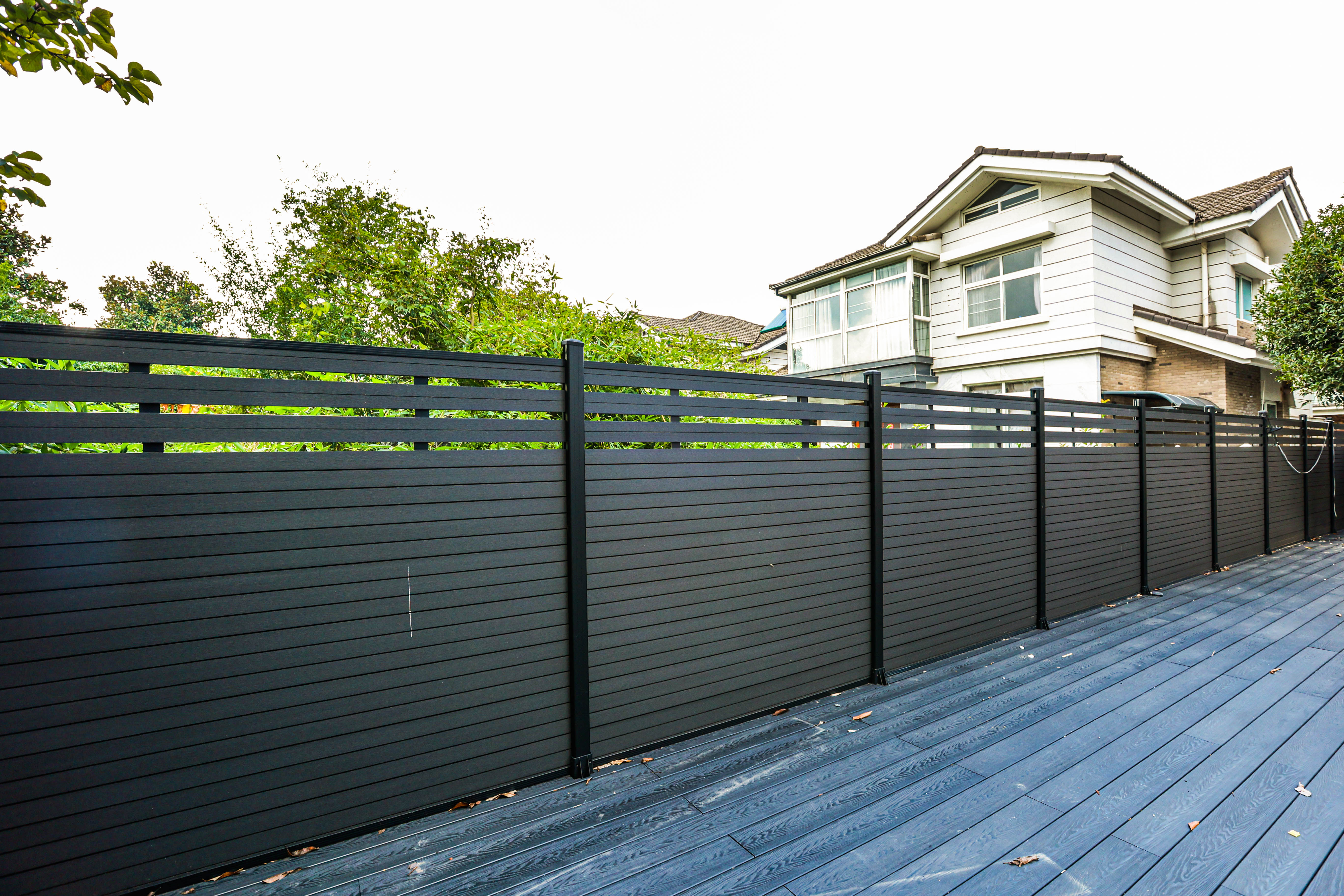Creating an Eco-Friendly Future Through Advanced Building Materials
The construction industry is experiencing a revolutionary shift toward sustainability, with composite products leading the way in transforming how we build our homes and commercial properties. These innovative materials combine multiple components to create superior building solutions that are both environmentally conscious and remarkably durable. As property owners and developers increasingly prioritize green building practices, understanding how to effectively incorporate composite products into construction projects has become essential.
Modern composite products represent a perfect marriage between sustainability and performance, offering enhanced durability, reduced maintenance requirements, and a significantly lower environmental impact compared to traditional building materials. By integrating these advanced materials into construction projects, property owners can create buildings that not only stand the test of time but also contribute to a healthier planet.
Foundation and Structural Elements
Reinforced Composite Foundations
The foundation of a sustainable property begins with selecting the right composite materials for its base structure. Fiber-reinforced polymer composites have revolutionized foundation systems by providing superior strength while reducing the carbon footprint associated with traditional concrete foundations. These innovative composite products offer exceptional resistance to moisture, chemicals, and environmental degradation.
When implementing composite foundations, contractors can achieve faster installation times and reduced labor costs while ensuring long-term structural integrity. The materials' lightweight nature also minimizes the environmental impact during transportation and installation, contributing to the overall sustainability goals of the project.
Load-Bearing Components
Modern composite products excel in load-bearing applications, offering impressive strength-to-weight ratios that surpass traditional materials. Engineered composite beams and columns provide exceptional structural support while reducing the overall weight load on the foundation. This innovative approach allows for more flexible design options and improved seismic performance.
The integration of composite structural elements extends beyond mere functionality, as these materials can be engineered to specific performance requirements while maintaining their eco-friendly properties. Their resistance to corrosion and decay significantly reduces the need for replacement and maintenance over the building's lifetime.
Exterior Applications and Weather Protection
Advanced Composite Siding Solutions
Exterior applications of composite products have transformed the way we approach building facades. Modern composite siding materials offer superior weather resistance, improved insulation properties, and remarkable durability. These materials can authentically replicate the appearance of natural wood or stone while providing enhanced protection against harsh environmental conditions.
The longevity of composite siding significantly reduces replacement frequency and maintenance requirements, making it an environmentally responsible choice for sustainable construction. Property owners benefit from reduced lifecycle costs while enjoying the aesthetic appeal of traditional materials.
Roofing and Insulation Integration
Sustainable roofing systems utilizing composite products provide exceptional thermal performance and weather protection. These advanced materials can be engineered to reflect solar radiation, reducing cooling costs while maintaining structural integrity. The integration of composite insulation materials further enhances the building's energy efficiency.
Modern composite roofing solutions often incorporate recycled materials, contributing to the circular economy while delivering superior performance. Their lightweight nature reduces structural load requirements, potentially decreasing the overall material needed for supporting elements.
Interior Design and Functionality
Sustainable Flooring Solutions
Interior applications of composite products have revolutionized flooring options for sustainable properties. These materials offer exceptional durability, moisture resistance, and easy maintenance while providing the aesthetic appeal of natural materials. Composite flooring can be manufactured using recycled content, further enhancing its environmental benefits.
The versatility of composite flooring extends to various design options, allowing property owners to achieve their desired aesthetic without compromising on sustainability. These materials often feature improved acoustic properties and better thermal insulation compared to traditional flooring options.
Wall Systems and Fixtures
Composite products excel in interior wall applications, offering improved insulation, sound dampening, and air quality benefits. These materials can be engineered to resist mold and mildew growth, contributing to healthier indoor environments. The integration of composite fixtures and fittings further enhances the sustainability profile of the property.
Modern composite wall systems often incorporate recycled materials and can be designed for easy disassembly and recycling at the end of their life cycle. This approach aligns with circular economy principles while providing superior performance and aesthetics.
Long-Term Maintenance and Sustainability
Preventive Care Strategies
Maintaining composite products requires significantly less effort and resources compared to traditional building materials. A well-planned preventive maintenance schedule ensures optimal performance and longevity of these materials. Regular inspections and basic cleaning are typically sufficient to maintain their appearance and functionality.
Property owners benefit from reduced maintenance costs and fewer replacement requirements over the building's lifetime. This efficiency in maintenance contributes to the overall sustainability of the property while preserving its value and appearance.
Environmental Impact Assessment
The environmental benefits of composite products extend throughout the building's lifecycle. These materials often require less energy to manufacture than traditional alternatives and can be recycled or repurposed at the end of their service life. Their durability and longevity reduce the demand for raw materials and minimize construction waste.
Regular assessment of the property's environmental impact helps maintain its sustainability credentials and identifies opportunities for further improvements. This ongoing evaluation ensures the building continues to meet evolving environmental standards and regulations.
Frequently Asked Questions
How do composite products contribute to building sustainability?
Composite products enhance building sustainability through their durability, reduced maintenance requirements, and lower environmental impact during manufacturing and installation. They often incorporate recycled materials and can be recycled at the end of their life cycle, supporting circular economy principles.
What is the typical lifespan of composite building materials?
The lifespan of composite building materials typically ranges from 25 to 50 years, depending on the specific application and maintenance. Many composite products come with extensive warranties and require minimal maintenance to maintain their performance and appearance throughout their service life.
Are composite products cost-effective for sustainable construction?
While the initial investment in composite products may be higher than traditional materials, they offer significant cost savings over time through reduced maintenance requirements, improved energy efficiency, and longer service life. The total lifecycle cost of composite materials often proves more economical than conventional alternatives.

